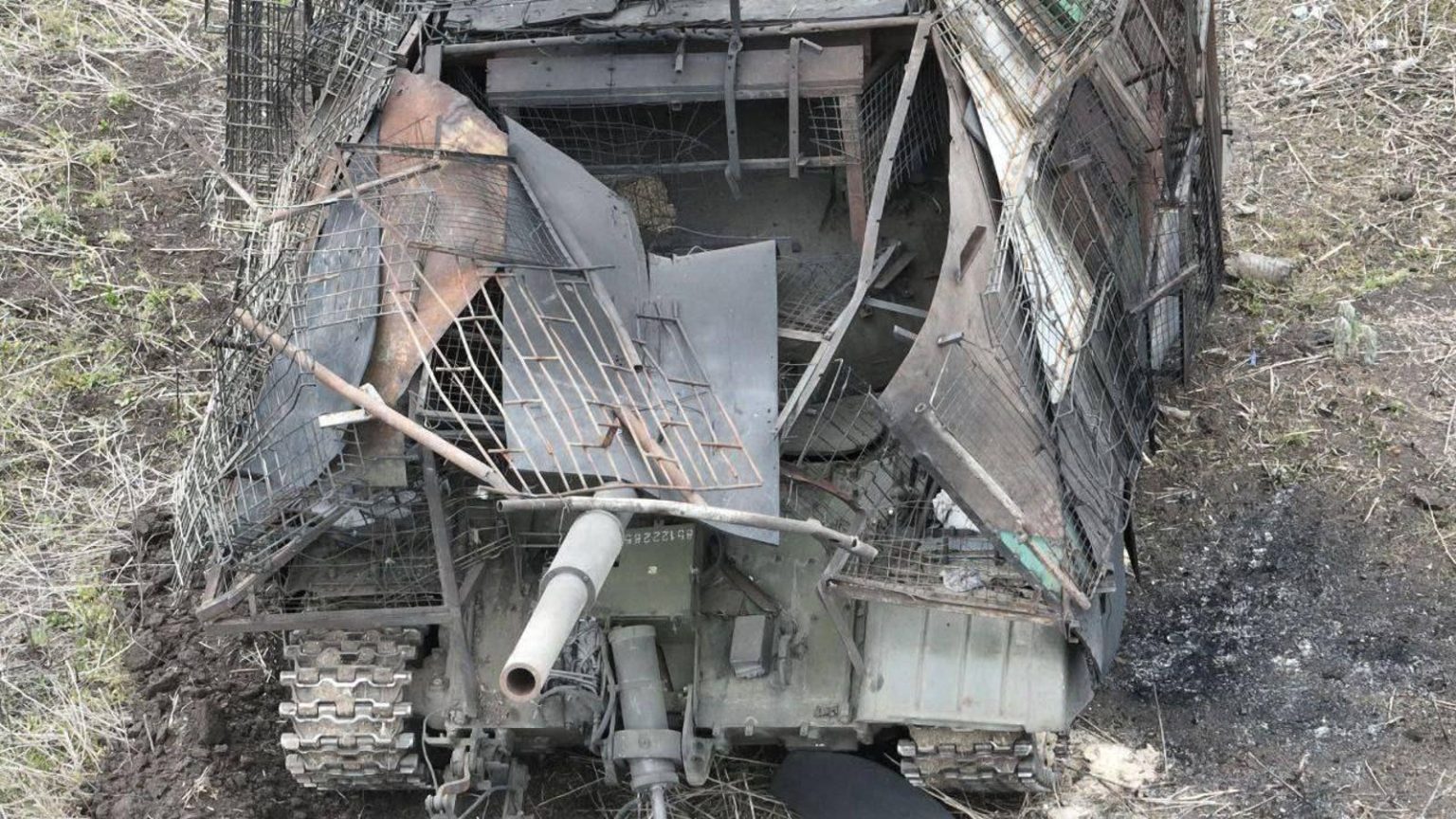In an interesting turn of events in the ongoing conflict between Russia and Ukraine, a new type of armored vehicle known as the “turtle tank” has been deployed by Russian forces on the battlefield. These tanks are essentially T-62, T-72 or T-80 tanks with metal shells made of roofing materials, grates, and mesh attached to them. Despite their unusual appearance, these turtle tanks have proven to be effective in providing protection against Ukrainian troops. However, recent reports indicate that Ukrainian forces have managed to destroy several of these turtle tanks, showing that no wartime innovation is foolproof.
According to weapons historian Matthew Moss, the proliferation of turtle tanks is expected to continue in the coming weeks. However, Ukrainian troops are likely to find ways to effectively engage and neutralize these protected tanks over time. The turtle tanks were essentially a technological solution to counter the threat posed by the explosive first-person-view drones that Ukrainian troops have been using against Russian forces. The metal shells attached to these tanks were designed to block the drones from most directions, providing them with relative impunity as they advanced towards Ukrainian positions.
The Ukrainian forces have been using the FPVs as a stopgap measure to compensate for their shortage of artillery and missiles due to a blockade of U.S. aid by Russia-friendly lawmakers in the U.S. House of Representatives. However, with the blockade lifted, the Pentagon has rushed $1.4 billion in fresh munitions to Ukraine, changing the dynamics along the front line of the conflict. This influx of ammunition has allowed Ukrainian brigades to fire heavier shells and missiles, in addition to launching drones, making it easier for them to disable attacking turtle tanks.
The metal shells of the turtle tanks, which were effective in deflecting smaller drones, are proving to be inadequate against larger artillery rounds with explosive payloads exceeding 25 pounds. This poses a significant threat to the crew and passengers inside the tanks, as the metal shell impedes their visibility and could block their escape in case of immobilization. As the Ukrainian forces continue to rearm and enhance their capabilities, they are likely to find it increasingly easier to take down turtle tanks, which may force the Russians to either abandon or modify this crude vehicle design.
The evolving nature of warfare will likely see a continued evolution of measures and countermeasures between the two sides. As both Russian and Ukrainian forces adapt to changing tactics and technologies, the turtle tanks may need to undergo modifications to improve their mobility and visibility while still providing protection against enemy drones and munitions. The ongoing conflict in Ukraine serves as a reminder of the constant innovation and adaptation required in modern warfare, as both sides seek to gain an advantage on the battlefield.













